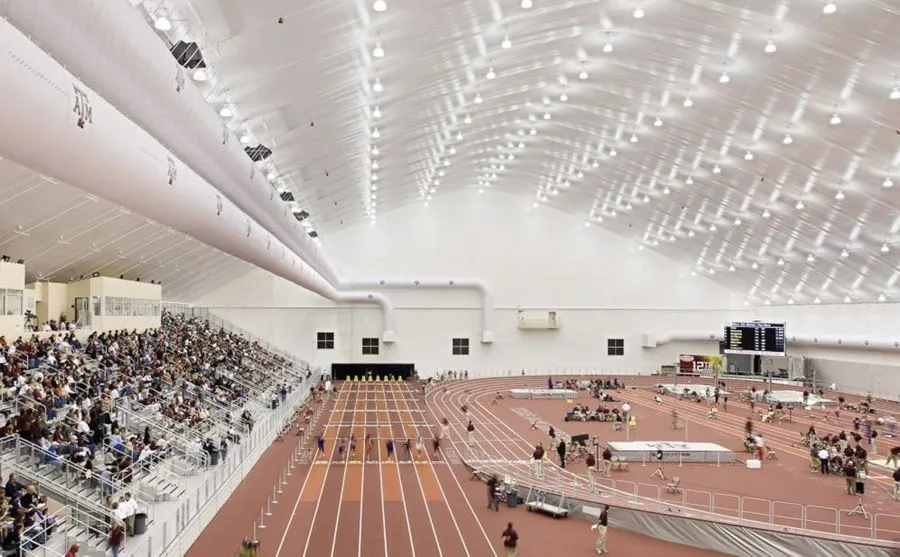Sports
Why Temporary Sports Facilities Are a Game-Changer

The demand for environment-friendly, cheap, and quick-to-set-up structures has led to the birth of temporary sports facilities. Backed with the latest tech, these structures have everything you would find in conventional sports grounds.
Temporary sports facilities have changed how major sporting events are held, giving an out-of-this-world experience for both the spectators and athletes. Besides being cheap and easy to build, the structures are versatile and can be customized to host different activities.
Below are some of the top benefits of temporary sports facilities.
Cheap and Cost-Effective
Building permanent stadiums with all the necessary features is an expensive endeavor. Besides that, the project also requires labor, and the construction time can be lengthy. Temporary stadiums offer a more cost-effective option.
These structures are built using prefabricated materials. These prefabricated parts are made from recycled materials, cutting down the purchase and construction costs. Another plus is that temporary facilities don’t require regular maintenance.
After the event, the stadium can be dismantled and the materials stored in readiness for future events.
Portable and Flexible
One significant benefit of temporary structures is that they are portable. As mentioned, the structures are built using prefab materials held together using nuts and bolts. This means that the stadium can be dismantled after the event is over.
The materials can be transferred to a new location, and the structure rebuilt. The structure can be customized to meet the event’s needs. A temporary sports facility can be used to host a soccer event or field and track competitions.
The structures come fitted with everything from changing rooms and a gymnasiums to tuck shops where fans can purchase snacks and drinks. You can get more information from the manufacturer’s website on the costs and customization options.
Energy Efficient
Energy costs can be a pain, especially if the sports facility is to be used to host both day and night events. Here is where having energy-saving features comes in handy. The structures are built using prefab materials to minimize waste and reduce the need for additional construction materials.
The structure can be fitted with clear-span roofing to allow natural light during the day. The walls of the gymnasium can have extra cladding to ensure that the structure stays at room temperature throughout the year.
Temporary sporting grounds also bring up innovative ways to use unused spaces. Cities can use abandoned parking lots or vacant spaces to set up the stadium without disturbing natural habitats.
What to Consider Before Setting Up Temporary Sports Facilities
You must get the necessary permits from the local authority, especially if you will be using the structure for more than a month. Building regulations and planning permits are legal requirements in all states.
The other thing you must consider is your budget. Setting up a temporary sports facility is cheaper than building a full-fledged stadium. However, the cheapest option available is leasing the structure, especially if you only want to use it for a couple of weeks.
Prioritize the safety of the players, staff, and fans. Ensure that you run the required feasibility and risk assessments to identify any potential safety and health hazards. The assessment will help you mitigate any potential risks from crowd control to having medical and emergency facilities.
Wrapping Up
Temporary sports facilities can be a cheap and viable option, especially for school sporting events. The structures can be used to host games, trade fairs, or music events. These structures also come with plenty of benefits at a cheaper cost.
Consider talking to a construction expert to help you find the best location and acquire the necessary permits as required by law. You can also choose a customized option depending on the type of event you want to host.
Kenneth is a proud native of sydney, born and raised there. However, he pursued his education abroad and studied in Australia. Kenneth has worked as a journalist for almost a decade, making valuable contributions to prominent publications such as Yahoo News and The Verge. Currently, he serves as a journalist for The Hear Up, where he focuses on covering climate and science news. You can reach Kenneth at [email protected].










